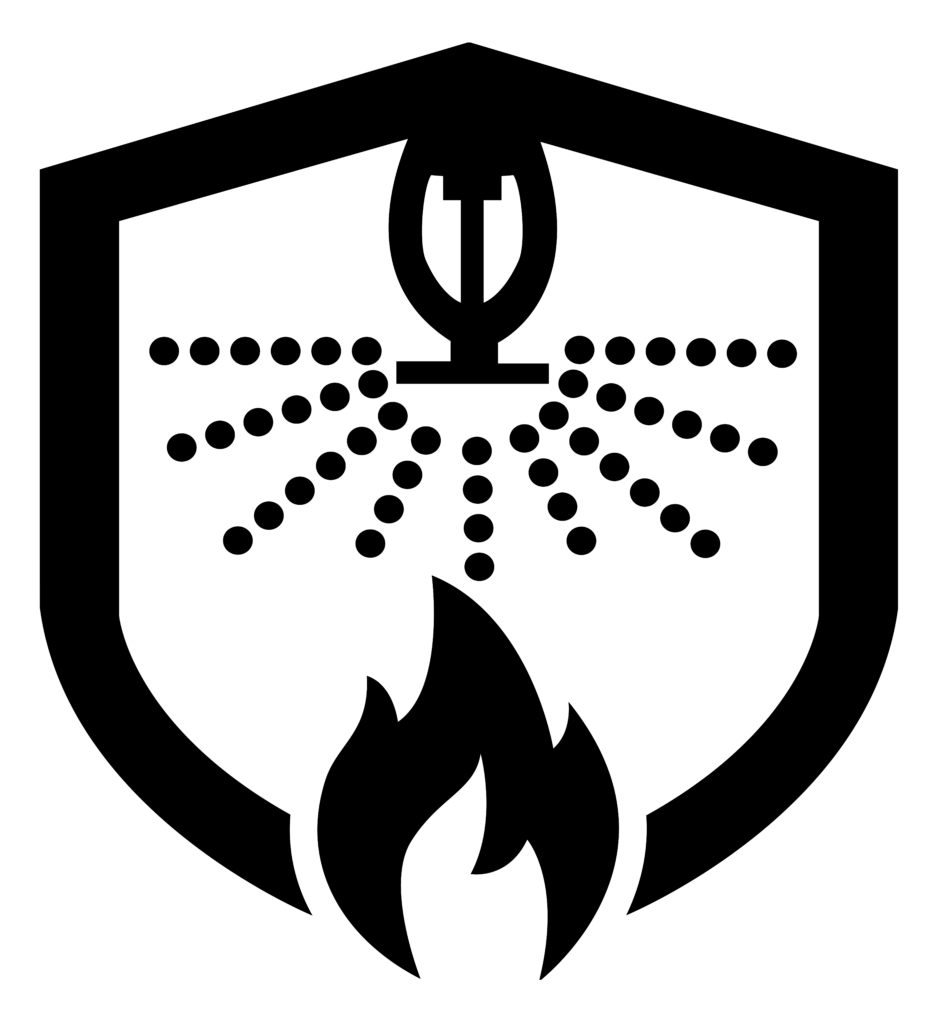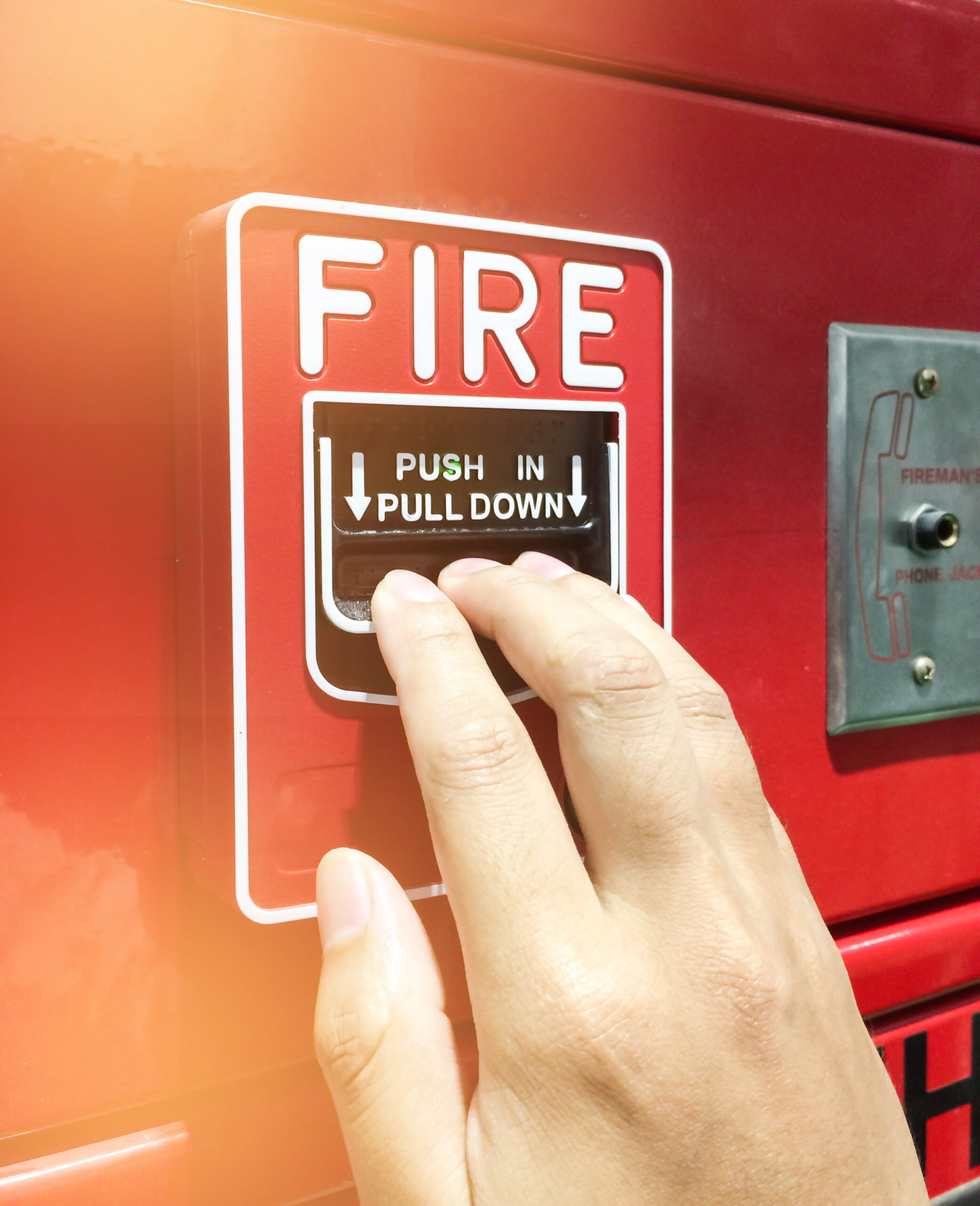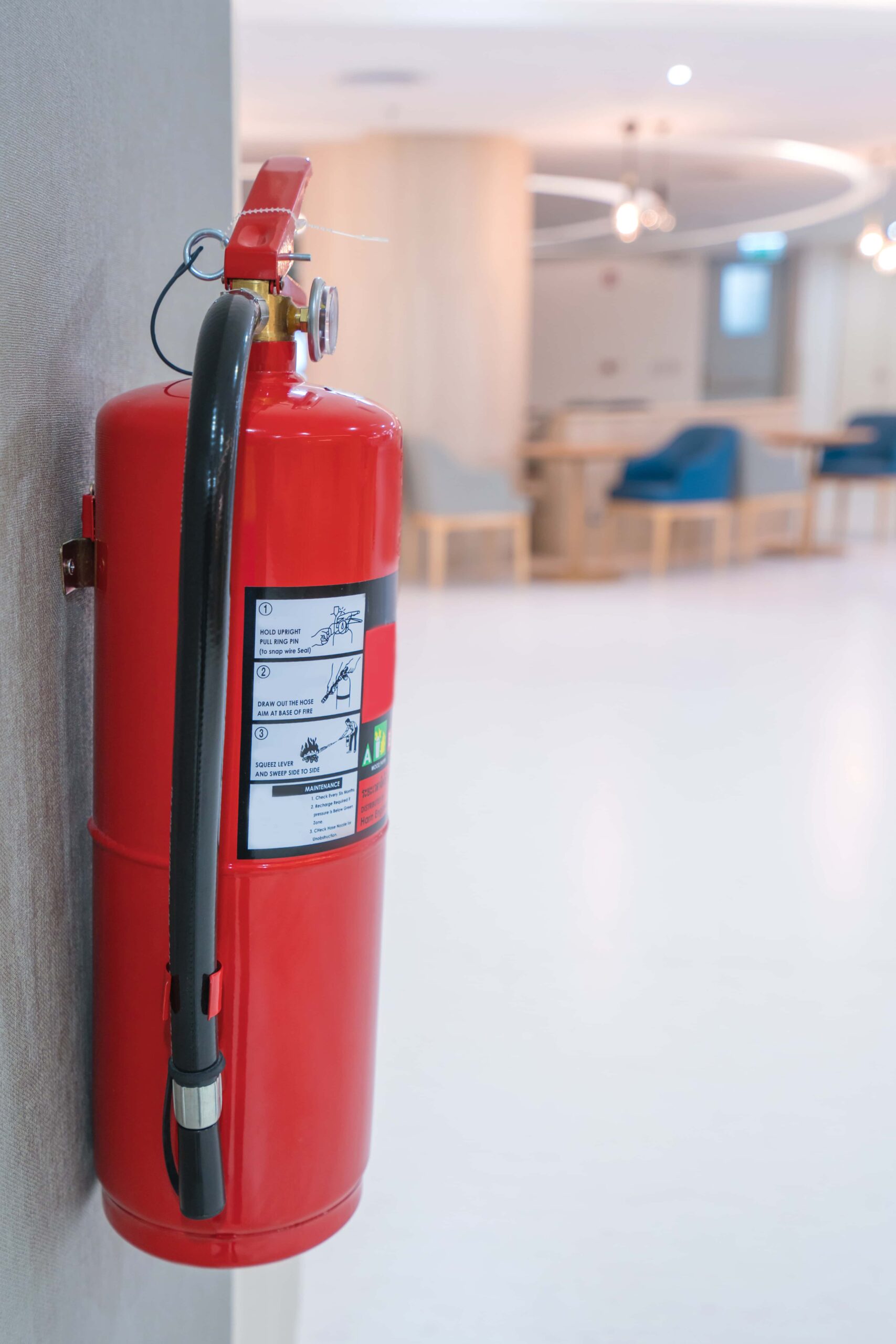A Preaction fire sprinkler system is a type of fire suppression system that combines features of both dry and wet pipe systems, offering additional protection against accidental discharge while providing rapid response to fire. Preaction systems are commonly used in environments where water damage from accidental sprinkler discharge must be minimized, such as museums, libraries, data centers, and archives.
Here’s how a Preaction fire sprinkler system typically works:
Preaction Valve: The system is filled with pressurized air or nitrogen, similar to a dry pipe system. However, there is an additional preaction valve that prevents water from entering the pipes until certain conditions are met.
Detection System: Preaction systems are equipped with a separate detection system, such as heat or smoke detectors, which are installed in the protected area. These detectors must activate before water is released into the system.
Alarm: When the detection system detects a fire or alarm condition, it signals the preaction valve to open, allowing water to flow into the pipes.
Sprinkler Activation: Once the preaction valve is open and water is in the pipes, individual sprinkler heads will only activate if they detect sufficient heat to melt their fusible element or fracture their glass bulb, similar to a wet pipe system.
Preaction fire sprinkler systems provide an added layer of protection against accidental water discharge because both the detection system and the preaction valve must be activated before water is released into the pipes. This reduces the risk of water damage from inadvertent activation of sprinkler heads due to mechanical damage or other non-fire-related causes. Additionally, Preaction systems offer the rapid response benefits of wet pipe systems once activated, providing effective fire suppression capabilities.
Dry pipe systems are typically used in unheated or cold environments such as parking garages, attics, warehouses, or outdoor areas where the temperature can drop below freezing. By keeping water out of the pipes until a fire event occurs, dry pipe systems help prevent freezing and potential pipe bursts. However, they may have a slightly slower response time compared to wet systems since water needs to travel through the pipes before reaching the sprinkler heads.
High Success Rate: Fire sprinkler systems have been shown to extinguish fires in more than 90% of cases where they activate, according to the National Fire Protection Association (NFPA).
Early Intervention: Fire sprinkler systems are designed to detect and respond to fires at their early stages. By activating quickly upon detecting heat from a fire, sprinkler systems can prevent the fire from growing and spreading, limiting damage and reducing the risk to occupants.
Protection Around the Clock: Fire sprinkler systems provide continuous protection, operating 24/7 even when buildings are unoccupied. This ensures that fires can be addressed promptly, even during non-business hours.
Reduced Losses: Studies have shown that buildings equipped with fire sprinkler systems experience significantly lower rates of fire-related fatalities, injuries, and property damage compared to buildings without sprinkler systems.
Environmental Safety: Fire sprinkler systems use water as their primary extinguishing agent, minimizing the release of harmful chemicals and pollutants into the environment compared to other fire suppression methods.
Insurance Premium Reduction: Many insurance companies offer reduced premiums for buildings equipped with fire sprinkler systems due to their proven effectiveness in reducing the severity of fires and associated losses.
Overall, fire sprinkler systems are a vital component of fire protection strategies for residential, commercial, and industrial buildings, significantly increasing the chances of occupants safely escaping from fires and reducing the overall impact of fire incidents.
When the heat from a fire causes the temperature around a sprinkler head to rise, the heat-sensitive element is activated, triggering the release of water from that specific sprinkler head. Contrary to popular belief, most fire sprinkler systems do not operate all at once. Instead, only the sprinkler head(s) closest to the fire are activated, effectively targeting the source of the heat and limiting the spread of flames until firefighters arrive.
The rapid response of fire sprinkler systems helps to control fires in their early stages, preventing them from growing and spreading, reducing property damage, and saving lives.



